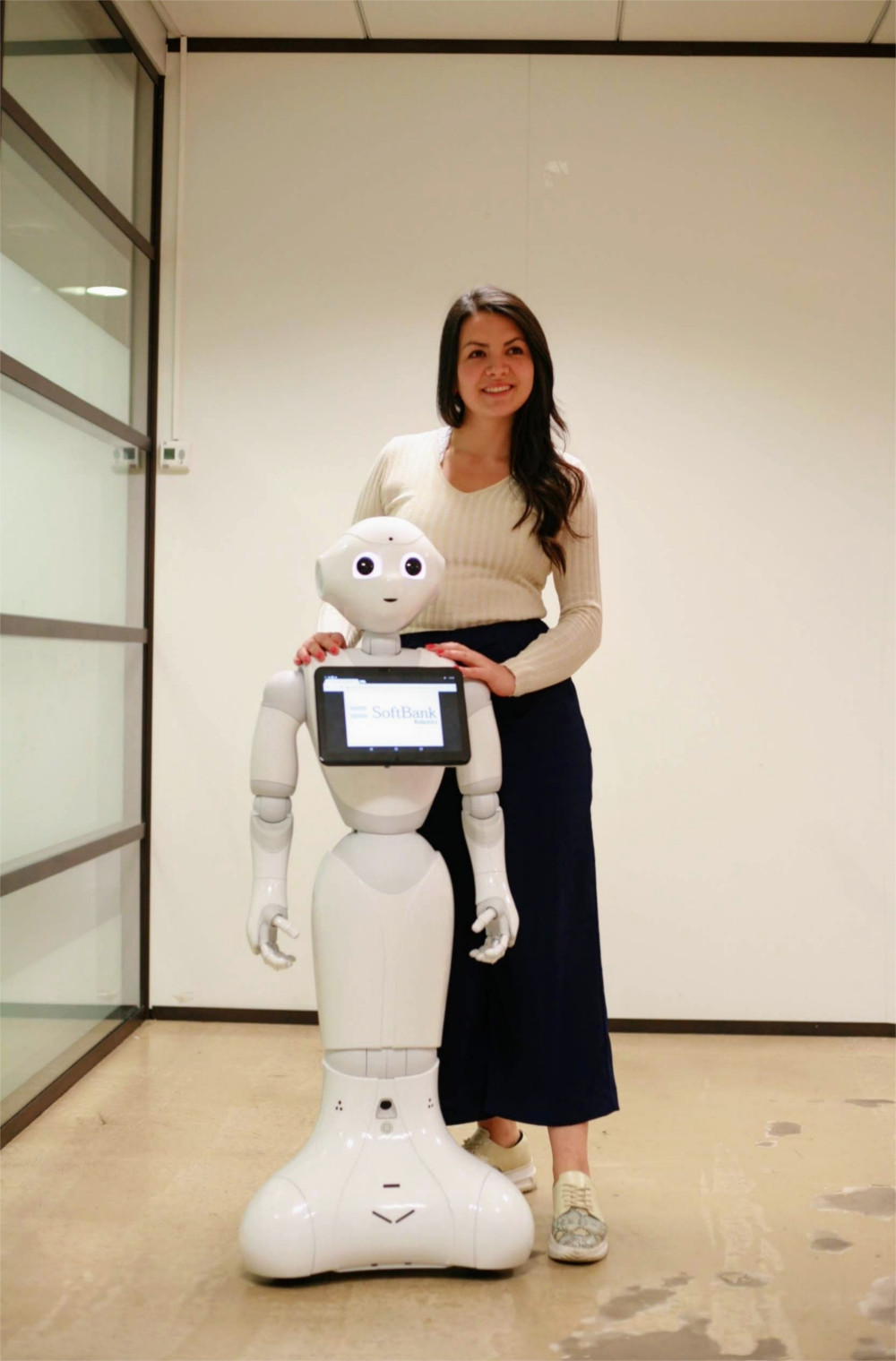On Friday the 11th of December, Nikolas Martelaro (Assistant Professor at Carnegie Mellon’s Human-Computer Interaction Institute) gave an online seminar on ways robot design teams can do remote user research now (in these COVID-19 times) and in the future. If you missed it, you can now watch the recorded livestream.
About the speaker

Nikolas Martelaro is an Assistant Professor at Carnegie Mellon’s Human-Computer Interaction Institute. Martelaro’s lab focuses on augmenting designer’s capabilities through the use of new technology and design methods. Martelaro’s interest in developing new ways to support designers stems from my interest in creating interactive and intelligent products. Martelaro blends a background in product design methods, interaction design, human-robot interaction, and mechatronic engineering to build tools and methods that allow designers to understand people better and to create more human-centered products. Before moving to the HCII, Nikolas Martelaro was a researcher in the Digital Experiences group at the Accenture Technology Labs. Martelaro graduated with a Ph.D. in Mechanical Engineering from Stanford’s Center for Design Research where he was co-advised by Larry Leifer and Wendy Ju.
Abstract
COVID-19 has led to decreases in in-person user research. While designers who work on software can shift to using all digital remote research methods, people who work on hardware systems, including robots, are left with limited options. In this talk, I will discuss some ways the robot design teams can do remote user research now and in the future. I will draw on past work in human-computer interaction as well as my own work in creating systems to allow remote design teams to conduct remote observation and interaction prototyping. While things can be challenging for the user researcher team today, I believe that with some creative new methods, we can expand our abilities to do user research for robotics from anywhere in the world.
